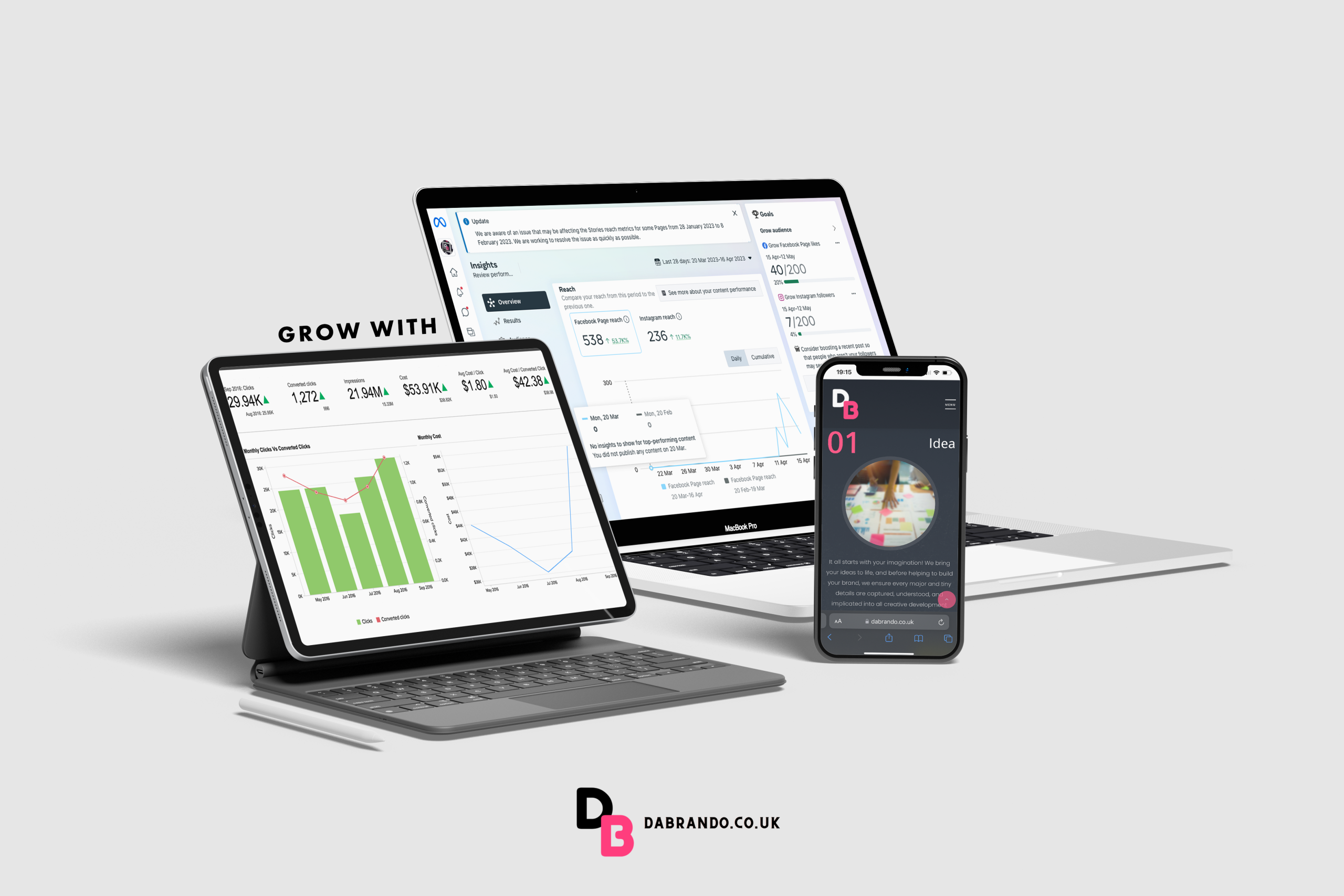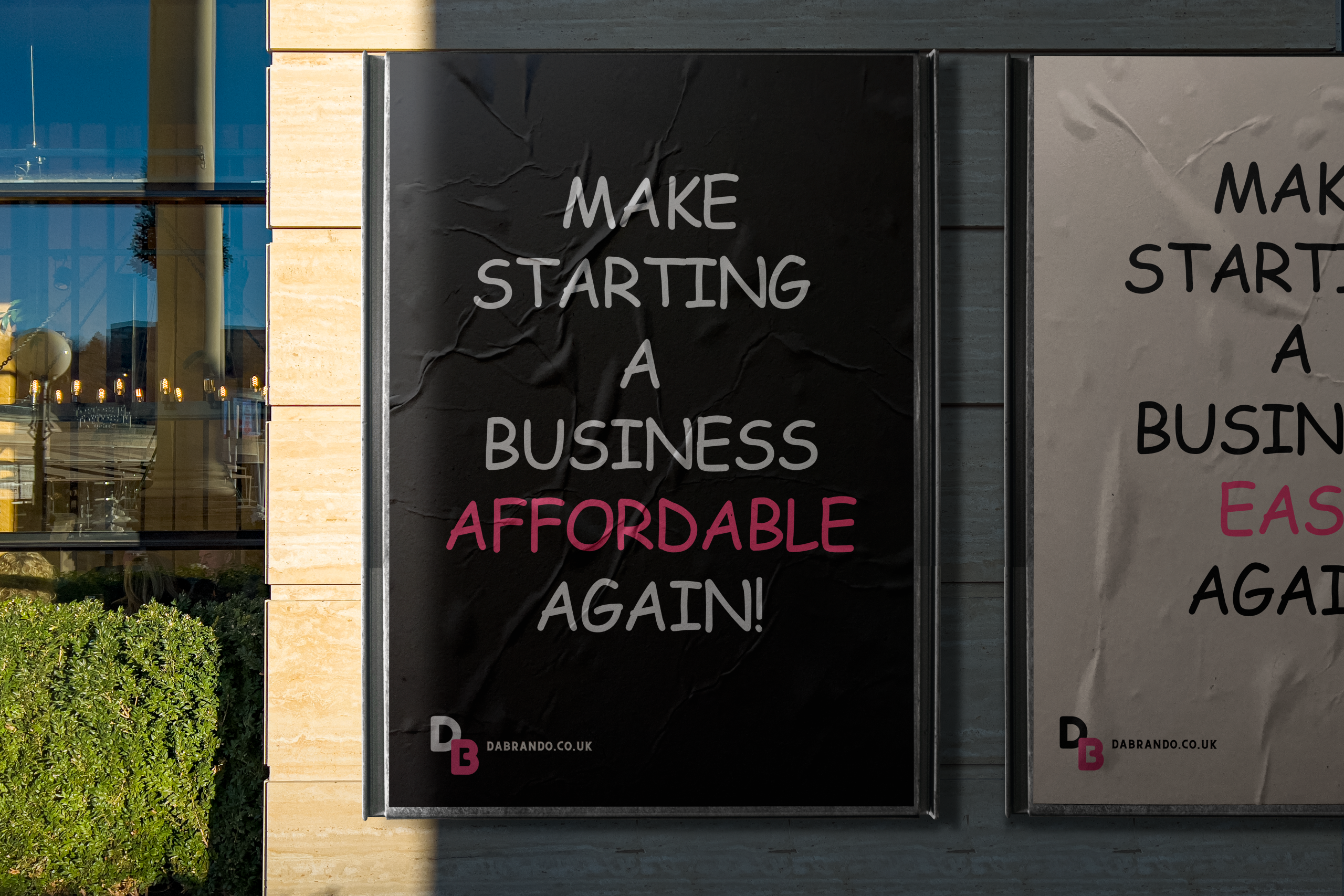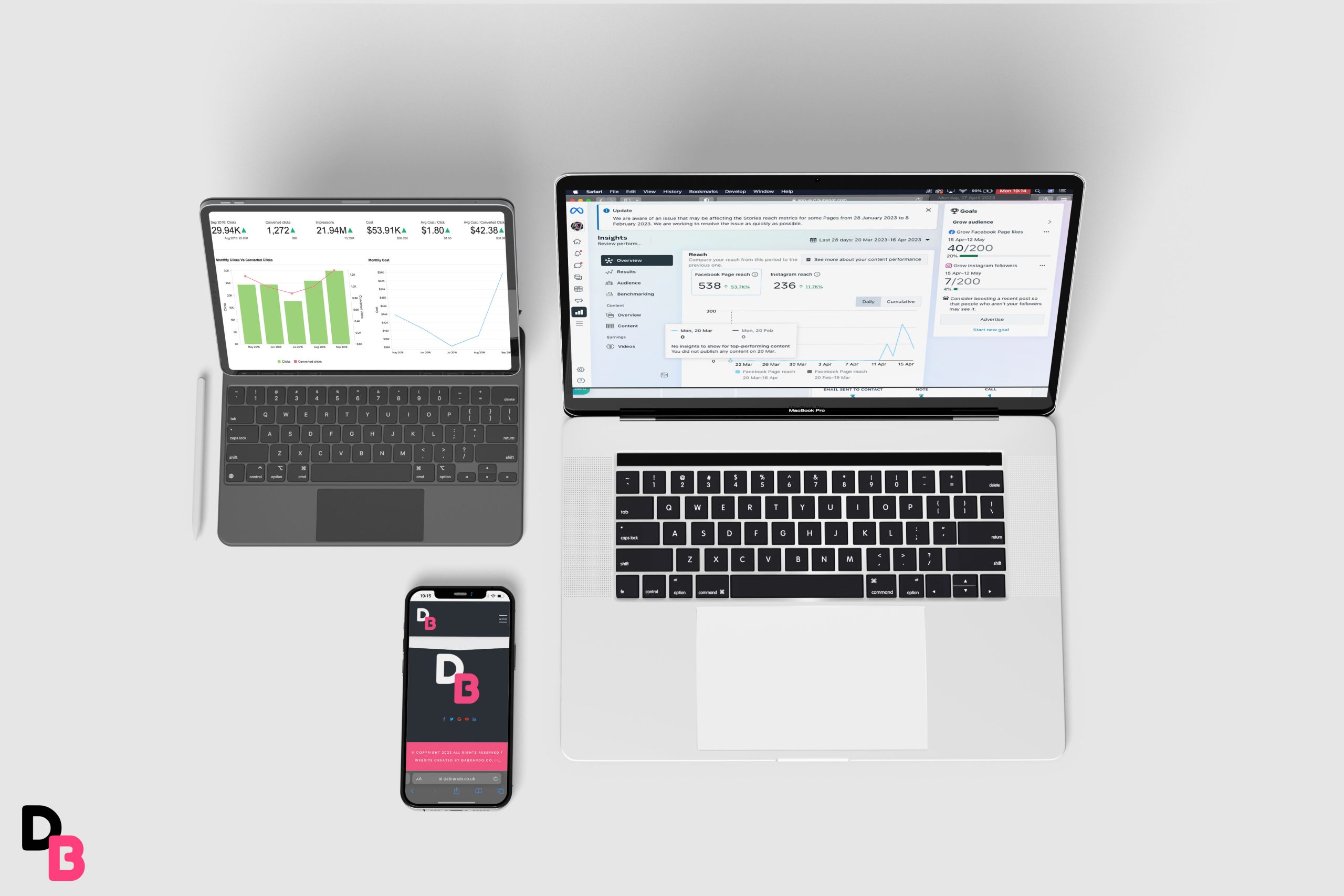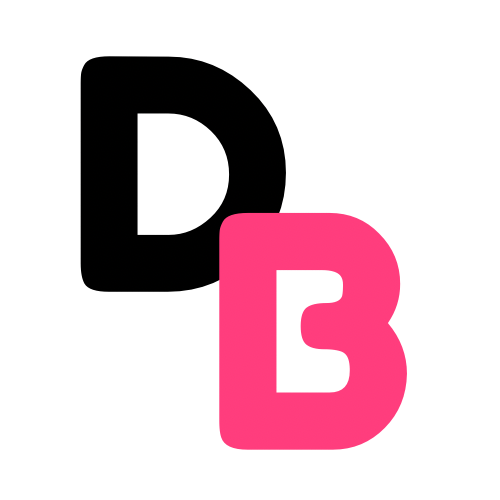How to Create a Website for Nearly $0: The 2025 Guide for New Entrepreneurs
your online presence is your storefront, your sales pitch, and your credibility—all rolled into one. Whether you’re launching a side hustle, starting a freelance business, or getting your product idea off the ground, the first step to showing up in the world is to create a website.
The good news? You don’t need thousands of pounds or a background in coding to make it happen. In fact, with the right free tools and a clear plan, you can create a website that looks professional, loads fast, and builds trust—without spending more than a few pounds, if anything at all.
At Dabrando, we’ve helped dozens of entrepreneurs launch with minimal resources, and we’ve seen firsthand how a lean website can be a powerful growth engine—especially in the early days. This guide is built for people who want to move fast, spend smart, and build something real. Whether you’re creating a simple landing page or your first business homepage, you’ll find step-by-step instructions, practical tools, and a few clever shortcuts to help you get it done.
Let’s dive in—and show you how to create a website for nearly $0 that actually works.
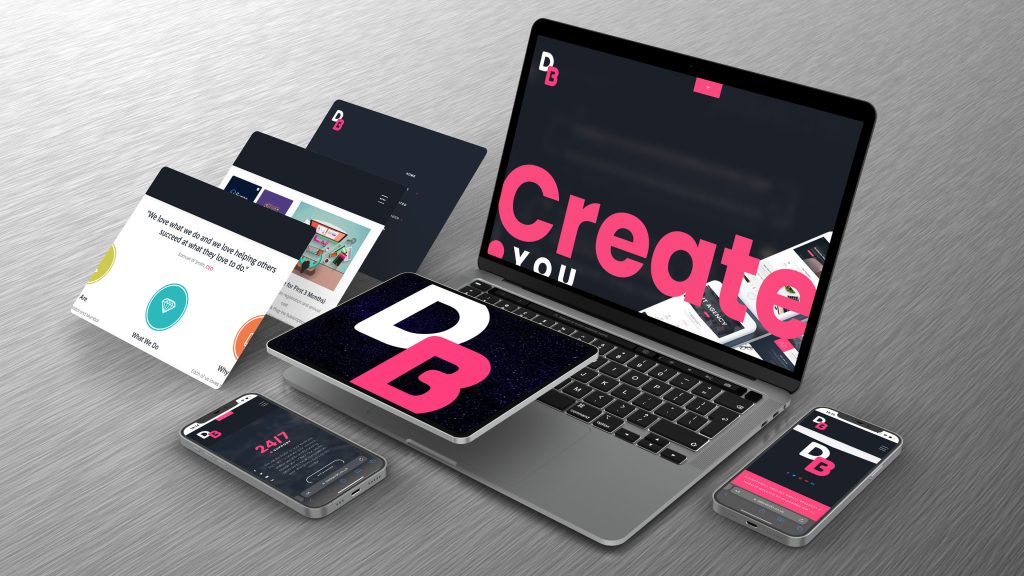
This guide walks you through exactly how to do it—step-by-step—without cutting corners or compromising on credibility. Whether you’re a solopreneur, creative freelancer, coach, or launching a new product, here’s how to get your site online fast, free, and looking good.
Why You Need a Website — Even If You’re Just Starting
Let’s get this straight: social media is not a replacement for a website. Instagram could disappear tomorrow. A website is yours, and it builds trust, boosts visibility, and helps convert curious visitors into paying customers.
In short: a website gives your business legitimacy. And in 2025, you don’t need a dev team or big budget to build one. You just need to follow the right steps.
Step 1: Pick the Right Free Create a Website Builder
To keep costs near zero, your best bet is to use a free website builder. Here are some great options for 2025:
1. Carrd.co
Best for: one-page websites, personal brands, MVPs
- Cost: Free (Pro plan is only $19/year)
- Pros: Extremely simple, modern templates, responsive
- Cons: Limited for blogging or complex layouts
2. Wix Free Plan
Best for: service businesses, portfolios, landing pages
- Cost: Free (with ads and Wix-branded domain)
- Pros: Drag-and-drop, plenty of templates
- Cons: Ads on free version, domain branding
3. Google Sites
Best for: basic informational sites or internal pages
- Cost: 100% free with a Gmail account
- Pros: Super easy, integrates with Google Workspace
- Cons: Very limited design and customisation
4. Notion + Super.so
Best for: digital product creators, online resumes
- Cost: Free for Notion + $0-$12/mo for Super
- Pros: Stylish, fast, easily updated
- Cons: Not ideal for eCommerce or SEO-heavy sites
Tip: If you plan to upgrade later, start with a platform that allows for growth. Wix and WordPress.com are the most scalable.
Step 2: Get a Domain Name (Optional but Recommended)
If you’re serious about your business, invest in a custom domain. It makes you look 10x more credible.
Where to buy cheap domains:
- Namecheap – from £7/year
- GoDaddy – often has £0.99 offers
- Google Domains – clean interface, around £10/year
Your free website can still run on a custom domain. For example, Carrd and Wix let you connect domains with paid upgrades (usually less than £5/month).
SEO Tip: Choose a domain that’s short, relevant, and includes a keyword if possible (e.g. greenlawconsulting.co.uk).
Step 3: Write Clear, Simple Website Copy
You don’t need copywriting experience. Focus on clarity over cleverness.
Here’s a structure that works for most one-page websites:
- Headline: What you do in one sentence (e.g. “Affordable Web Design for Small Businesses”)
- Subheading: Who you help and how
- About You: Your story or background in 2–3 sentences
- Services or Product: Bullet points or icons
- Testimonials or Examples: Social proof builds trust
- Call to Action: “Book a free consultation” or “Email us to get started”
- Contact Section: Include a form, email, or WhatsApp link
Write in plain English. Be direct. And always end with a next step.
Step 4: Add Visuals That Don’t Look DIY
You don’t need to hire a photographer—yet. Just use high-quality, royalty-free images from sites like:
- Pexels (for lifestyle and service business)
- Unsplash (artistic, creative shots)
- Icons8 and Flaticon (for clean icons and illustrations)
For product-based businesses, you can mock up your designs using Canva or Smartmockups (free versions available).
If you’re showing your face, use a decent smartphone camera, natural lighting, and smile. You don’t need to be fancy—you just need to be real.
Step 5: Add Key SEO Essentials (Even to Free Sites)
If you want your website to rank on Google, even a free one needs a few basics:
- Page title (use your business name and what you do)
- Meta description (a short summary for Google—under 155 characters)
- H1 tag (should be your main headline with your target keyword)
- Alt text for images (describe each image for accessibility & SEO)
- Internal links (link to other parts of your site or your social profiles)
Let’s say your business is called “Bold Bloom Florals” in Manchester. Your homepage title should be:
“Bold Bloom Florals | Manchester-based Floral Design & Delivery”
And your meta description might say:
“Bold Bloom Florals creates bespoke bouquets and floral arrangements for weddings, events, and home delivery in Manchester.”
Step 6: Connect to Google (For Free Visibility)
Set up a free Google Business Profile at google.com/business.
Why? Because this helps you:
- Show up on Google Maps
- Appear in “near me” searches
- Collect reviews that boost trust
Even if your website is super basic, a strong Google listing can drive real traffic.
Also, submit your website to Google Search Console (also free). It tells Google you exist and shows what keywords people use to find you.
Step 7: Promote It (Without Paid Ads)
You’ve built the site—now it’s time to tell the world.
Start with these low-cost methods:
- Share on LinkedIn and Instagram (talk about your “why”)
- Add to your email signature
- Include it on your social media bios
- Ask 5–10 friends or peers to visit it and share feedback
- Write a helpful blog or article using your main keyword
If your goal is local visibility, join Facebook Groups, forums, or communities relevant to your audience and share your expertise with a link to your site.
How Much Will This Actually Cost?
Here’s a real breakdown for a website built using this approach:
| Item | Tool | Cost |
|---|---|---|
| Website builder | Carrd (free) | £0 |
| Domain | Namecheap | £7–£10/year |
| Google Business Profile | Free | £0 |
| Logo & visuals | Canva + Pexels | £0 |
| SEO tools | Google Search Console | £0 |
| Email contact form | Built-in (Carrd/Wix) | £0 |
Total: as little as £7–£10.
Final Thoughts: Done Is Better Than Perfect
When you’re starting a business, momentum matters more than polish. You don’t need the perfect brand or a five-page custom site right now—you need something live, something people can visit, something that says: yes, this is real. Its time to create a website!
And as you grow, you can upgrade. Add features. Hire designers. Turn your £10 website into a high-performing digital machine.
At Dabrando, we help founders go from free and functional to premium and powerful—so when you’re ready to scale, we’re here to elevate your presence.
Want help turning your free site into a full digital brand?
Let’s chat — we’d love to help.
📧 Need help with marketing business? We only charge based on the results we bring clients, no retainers, no hidden fees!
Contact us today at grow@dabrando.co.uk or explore our services to learn more, or Book A Free Discover Call to get started today!


